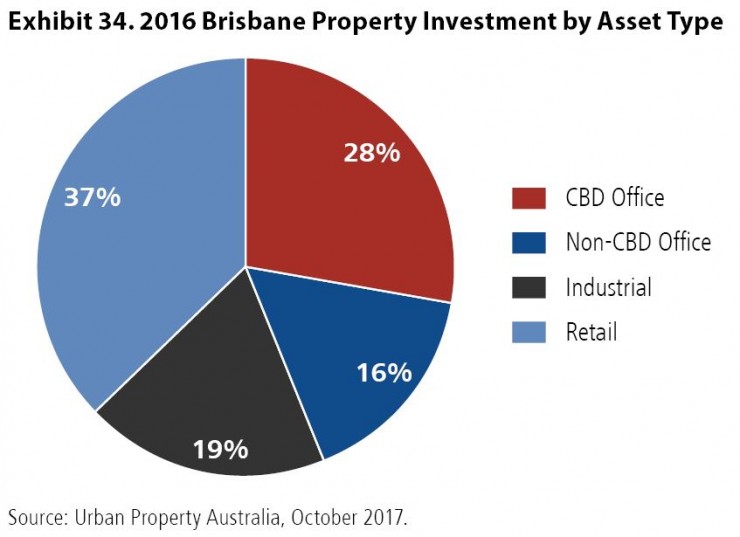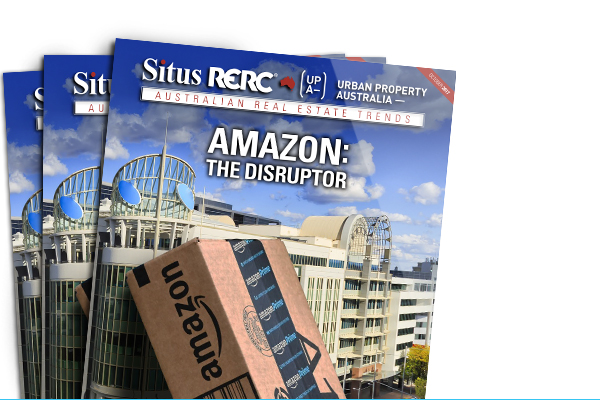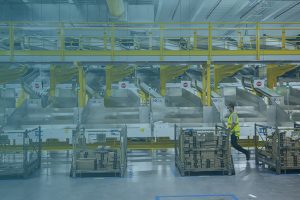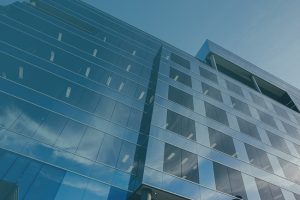Brisbane – Property & Economic Update
November 1st 2017 | , Urban Property Australia
Brisbane is a popular tourist destination, serving as a gateway to the state of Queensland, particularly to the Gold Coast and the Sunshine Coast. Queensland has the largest area of agricultural land of any Australian state and the highest proportion of land area dedicated to agriculture.
Some 30,500 businesses carry out agricultural activity in Queensland, and agricultural industries contribute more than $10 billion to the state’s economy each year. Over the past two decades, Queensland’s economic growth has generally exceeded the national average.
Economy
Following an unprecedented resources investment boom, the Queensland economy continues its transition to more broad-based growth, although Tropical Cyclone Debbie had reduced exports in the first quarter of 2017.
Reflecting the trend of a broader economic recovery, overall growth in the Queensland economy is forecast to strengthen over the next three years.
An increased level of infrastructure spending by the state government is expected to help fill the void left by the impending slowdown in residential apartment construction. The benefit of the lower Australian dollar has already resulted in increased tourism and more international students choosing to study in Queensland.
Although the Brisbane CBD office vacancy rate increased to 15.7 percent as of July 2017, it remains below the cyclical high recorded in mid-2016 of 16.9 percent. Brisbane’s CBD office market is expected to decrease further, assisted by limited new supply and increased levels of stock withdrawals.
Improved business confidence has resulted in a number of occupiers increasing their CBD office space and tenants relocating into the CBD.
Although modest, Brisbane CBD office rents increased in 2017 to date after declining from 2013 through to the end of 2016.
Investor interest has continued to build in the Brisbane CBD market due to the Sydney and Melbourne CBDs setting new benchmark low yields. Additionally, the increasing view that Brisbane CBD office market has bottomed has boosted investors seeking countercyclical opportunities. Despite this growing interest, particularly from offshore buyers, the level of transactions in the Brisbane CBD over the year to July 2017 totalled $1.2 billion, lower than the $1.7 billion transacted in the preceding year.

Despite the relatively limited opportunities, offshore investors, who accounted for 40 percent of Brisbane CBD office sales transacted in the 12 months to July 2017, increased their exposure to the Brisbane market.
The September 2017 Situs RERC/UPA survey results reveal that the average unlevered yield for prime Brisbane CBD assets is 6.50 percent with an average IRR of 8.0 percent.
The vacancy rate for the Brisbane Fringe office market increased to 14.4 percent, impacted by a number of tenants who migrated into the CBD, taking advantage of the competitive rents offered in the CBD. The vacancy rate for the Brisbane Fringe office market has increased to its highest level since 1994.
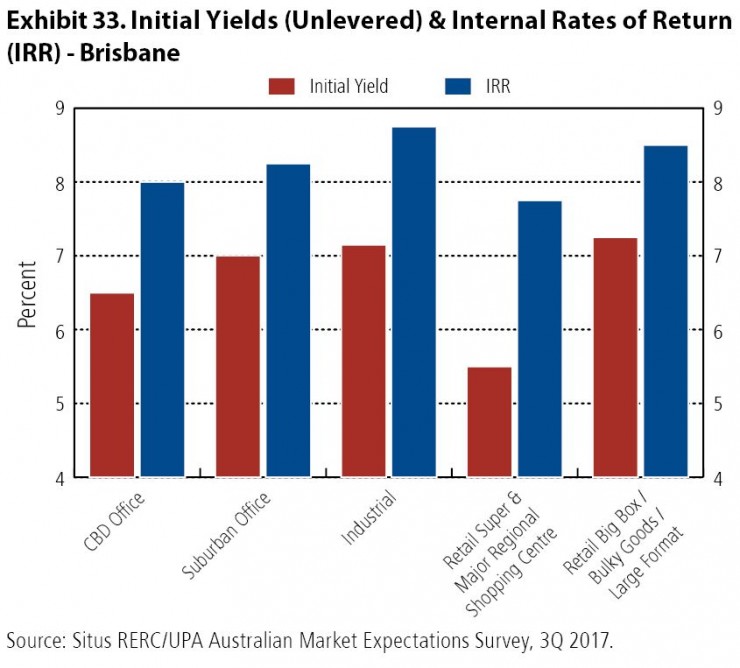
Although varied across precincts, the overall vacancy rate for the Brisbane Fringe office market is expected to decrease over the next five years as the Queensland economy continues to recover.
Rental growth in the Brisbane Fringe office market is expected to remain hampered in the short term, impacted by competition from the CBD, after recording five years of declining rental levels.
Despite the elevated vacancy rate, Brisbane Fringe office transaction levels totalled $700 million in the year to July 2017, only slightly below the $730 million recorded in the prior financial year.
Survey responses from the September 2017 Situs RERC/UPA survey reveal that the average unlevered yield for prime Brisbane non-CBD office assets is 7.0 percent with an average IRR of 8.25 percent.
Industrial Market
After relatively sluggish tenant demand during 2016, the Brisbane industrial market has seen a sharp decline in the amount of vacant space over 2017 to date as tenant demand converted into activity with above levels of take-up recorded. Total vacancy in the Brisbane industrial market has fallen 30 percent since the start of 2017.
The improved activity of late 2016 and into 2017 has triggered the first significant improvement in prime rental rates in two years with annual growth of 4.4 percent recorded in the year to July 2017.
After investment activity reached an all-time record high of $1.2 billion in 2015-16, sales activity in the 12 months to July 2017 declined with transactions totalling $800 million. While investor demand remains buoyant, opportunities for quality assets with long weighted average lease expiry (WALE) remain tightly held, limiting transaction volume. According to the September 2017 Situs RERC/UPA survey results, the average unlevered yield for prime Brisbane industrial assets is 7.15 percent with an average IRR of 8.75 percent.
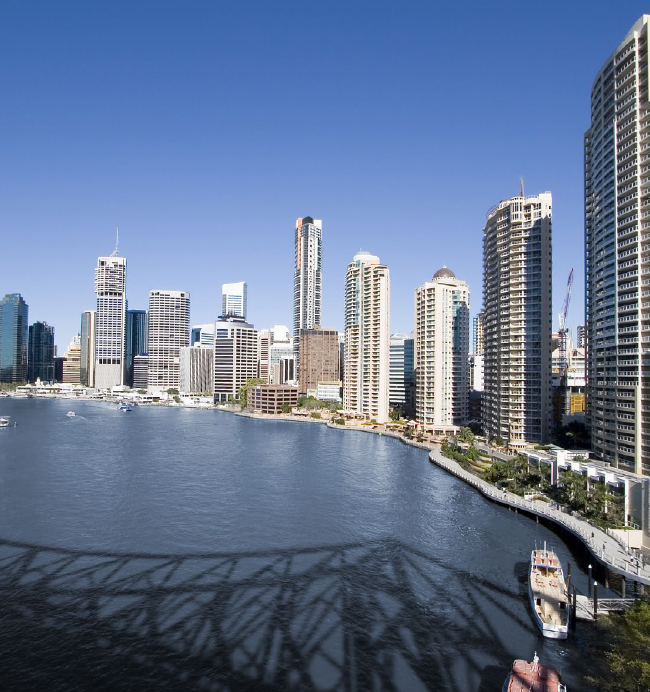
Retail Market
Retail spending in Queensland appears to have passed the recent trough, reflecting the improving state economic and labour market conditions. Over the year to July 2017, Queensland retail sales increased by 2.3 percent, up from 2.1 percent recorded in the previous financial year. According to the Australian Bureau of Statistics, retail trade growth was led by household retail trade, which grew by 3.7 percent over the year, supermarket retail sales (3.3 percent) and cosmetics (5.3 percent). In contrast, clothing and footwear retail sales declined 0.6 percent over the 12 months to July 2017, with takeaway food sales also lower (-3.4 percent).
Queensland accounted for 24 percent of retail transactions across Australia in the 12 months to July 2017 with $1.56 billion in sales recorded, slightly lower than the volume of Queensland-based retail assets transacted in 2015-16.
Investors were focused on neighbourhood shopping centres in the year to July 2017, which accounted for 53 percent of all Queensland retail sales ($825 million) followed by CBD retail assets, which totalled $280 million.
The September 2017 Situs RERC/UPA survey results reveal that the average unlevered yield for Brisbane super & major regional shopping centre assets is 5.5 percent with an average IRR of 8.75 percent.
Sales of large format retail centres in Queensland totalled $110 million, accounting for 7.0 percent of all Queensland retail transactions in the year to July 2017. Survey responses from the September 2017 Situs RERC/UPA survey reveal that the average unlevered yield for prime Brisbane large format retail assets is 7.25 percent with an average IRR of 8.5 percent.
